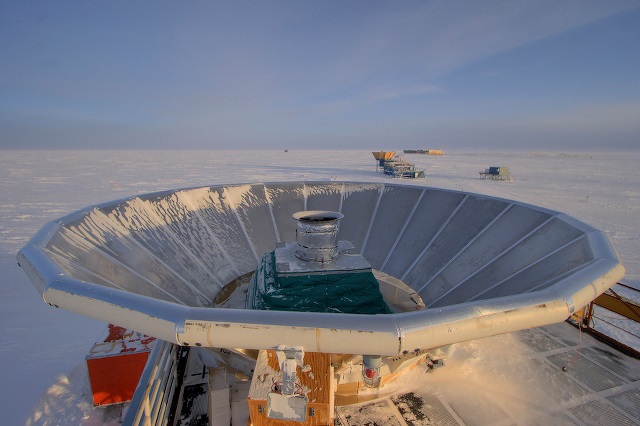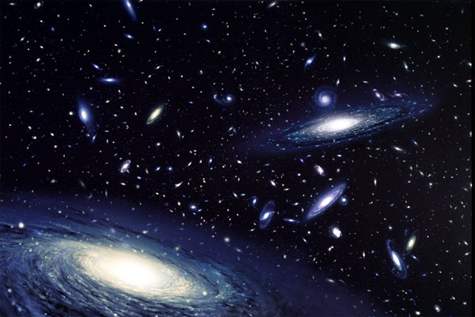
Until now? With help from the South Pole’s BICEP2 observatory, astrophysicists announce they have detected the first possible direct evidence of cosmic inflation after the Big Bang, in the form of “distortions in the cosmic microwave background light…Those distortions take the form of twisting of the light’s polarization created by gravitational disturbances from inflation.” “‘This has been like looking for a needle in a haystack, but instead we found a crowbar,’ said co-leader Clem Pryke.”
Update: 5 Sigma, R of 0.2. WHAT? Also another good explanation here: “Punchline: other than finding life on other planets or directly detecting dark matter, I can’t think of any other plausible near-term astrophysical discovery more important than this one for improving our understanding of the universe.”
Update 2: “The problem: the signal predicted by inflation is something called polarization, a sort of twisting of electromagnetic radiation. And while it can come from inflation-triggered gravity waves, microwaves from the early universe are altered en route to earthly telescopes, and if you don’t allow for the alteration, you can mistake local dust for a signal from billions of years ago.” Wait a tic: Princeton scientists cast doubt on the discovery.

